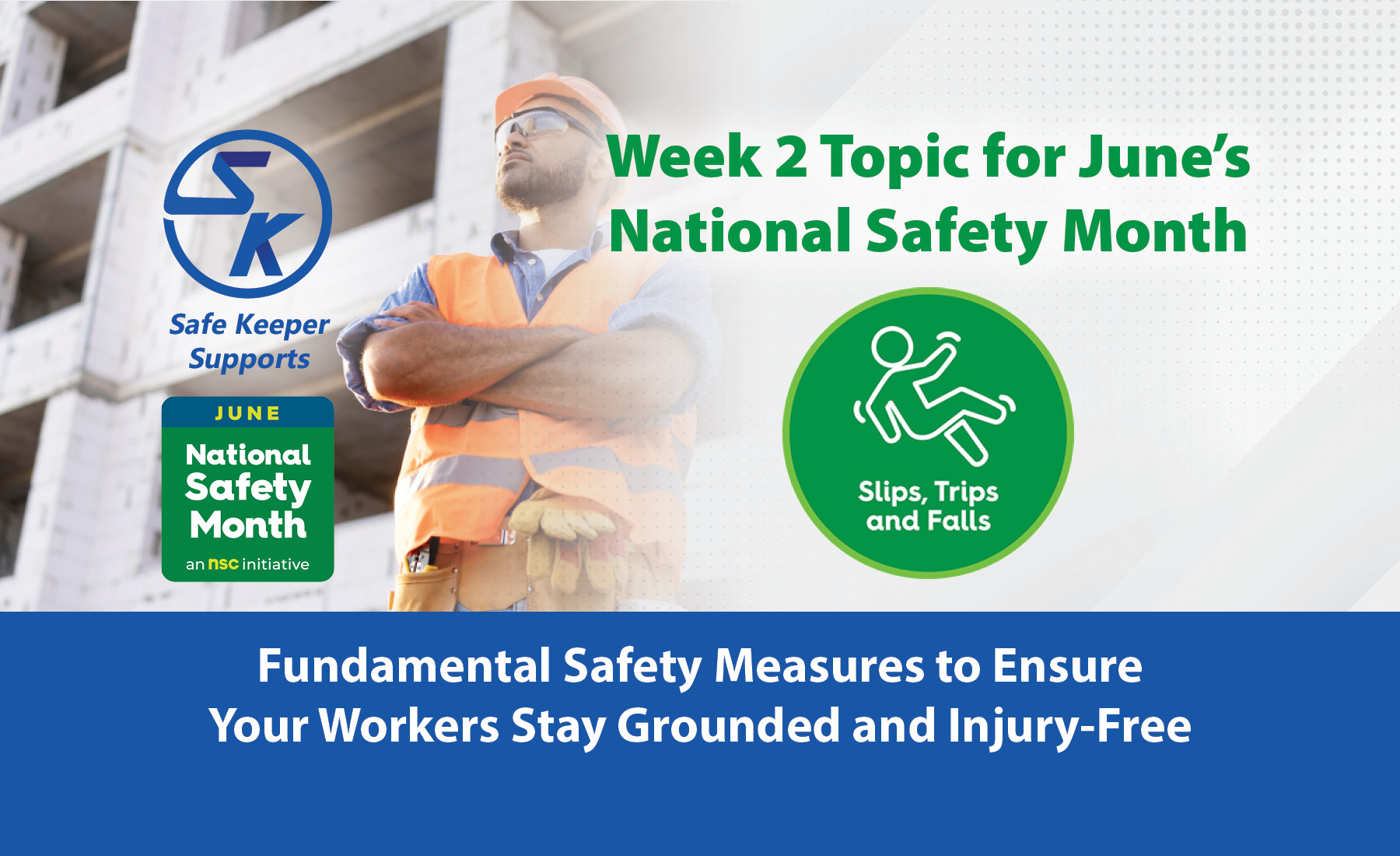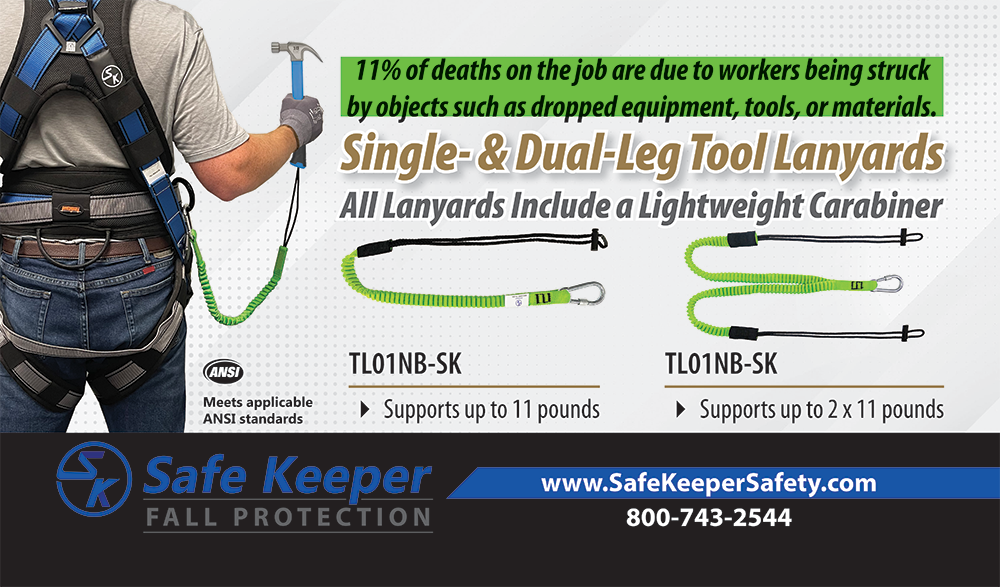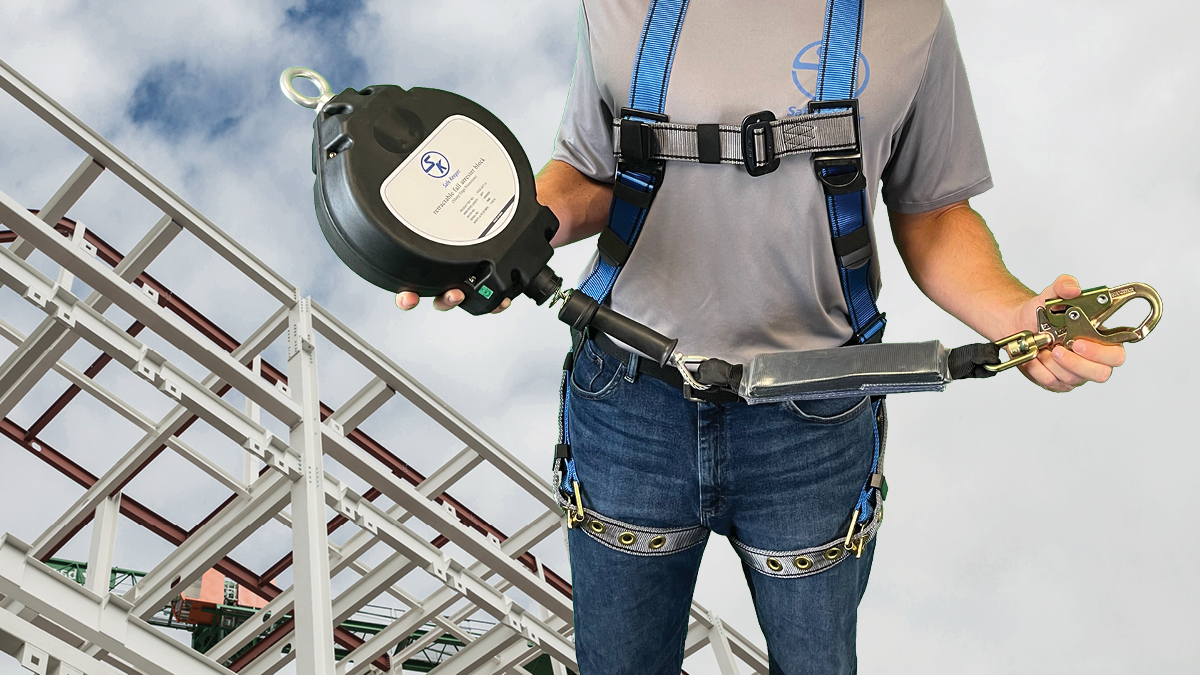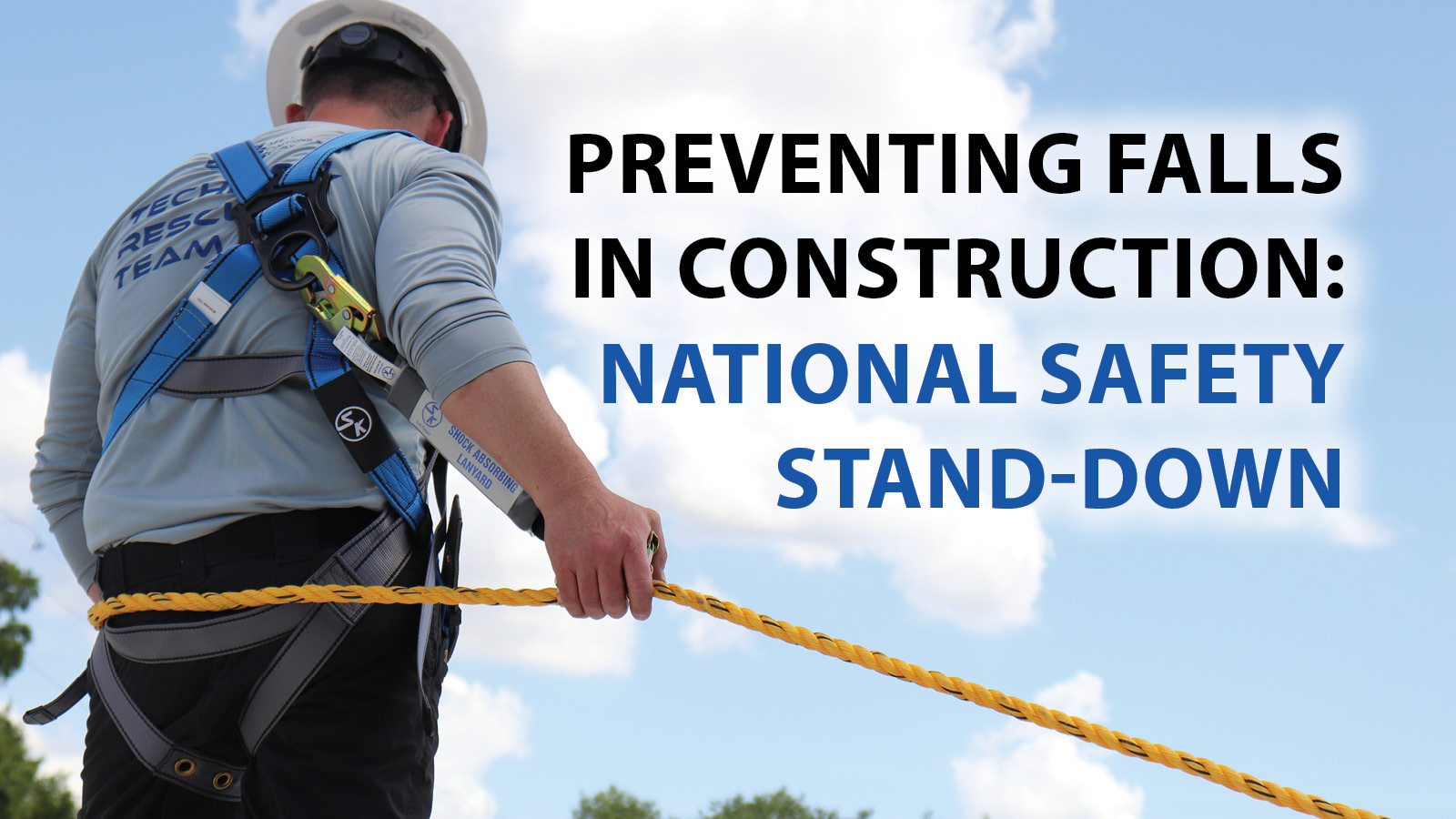See the cost of fall injuries in construction.
Being injured in a fall has devastating effects for both the employee and the employer. Employees have to deal with the physical injury and subsequent recovery. Employers face citations from governing agencies like OSHA, compromised employee morale, and more. However, there are also substantial monetary consequences for a fall injury, both for the employee and employers.
The Monetary Costs of Fall Injuries
Falls continue to be a leading cause of death in the construction industry, accounting for over 30% of fatalities. Injuries from falls account for a large amount of all work-related injuries as well—25% of all non-fatal injuries requiring days away from work are due to slips, trips, and falls, according to the National Safety Council (NSC).
For an employee, the costs of a fall injury are high, including the injury itself and any accompanying trauma. There’s the cost of lost time and wages lost while recovering rather than working. According to NSC data, the average time out of work for an injury due to a slip, trip, or fall is 12 days. If an injury is severe enough, an employee may not return to construction, forcing the worker to look to another industry for work. While there is no way to put a dollar amount on the cost of a fall injury for an employee, the physical, emotional, and monetary costs can be devastating.
For an employer, the monetary costs of a fall are much easier to calculate. Employers bear the burden of medical care for the employee and any fines assessed by governing agencies like OSHA. Additionally, employers have costs associated with lost work time and productivity, insurance costs, hiring a replacement, lost company reputation, and damage to worker morale.
In terms of monetary losses, the 2018 Liberty Mutual Workplace Safety Index put the cost of fall injuries at $5.85 billion for direct compensation costs only. With 48,060 injuries from falls, that averages out to over $122,000 for the cost of each fall injury.
At Safe Keeper, we know that every fall is preventable. Wearing the appropriate fall protection equipment, using it correctly, and being trained in fall safety is necessary for preventing falls. Our line of high-quality fall protection products like harnesses, self-retracting lifelines, anchorage, and confined space equipment, as well as ladder safety systems, are all designed to save lives!




